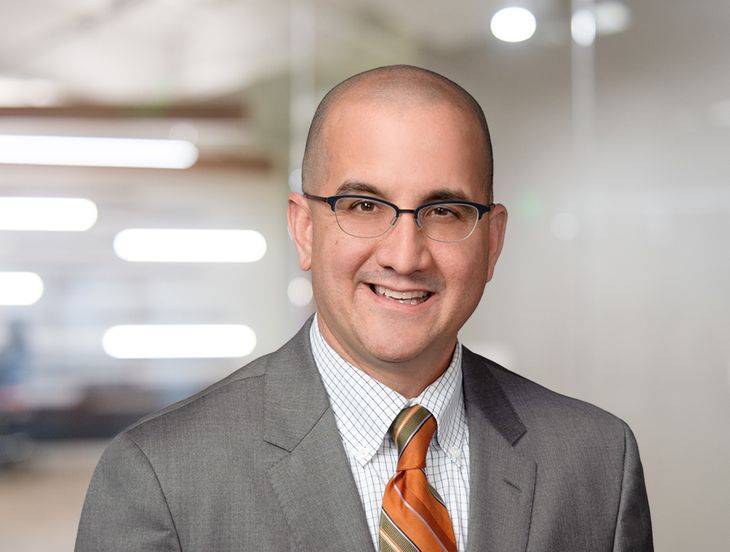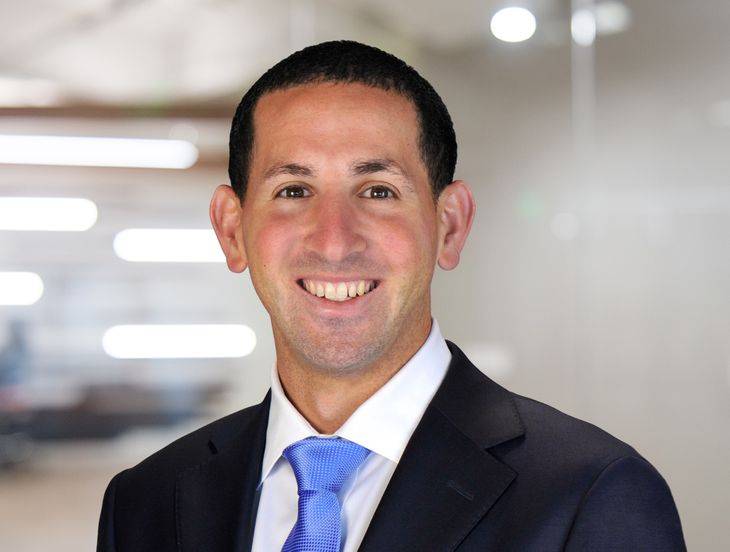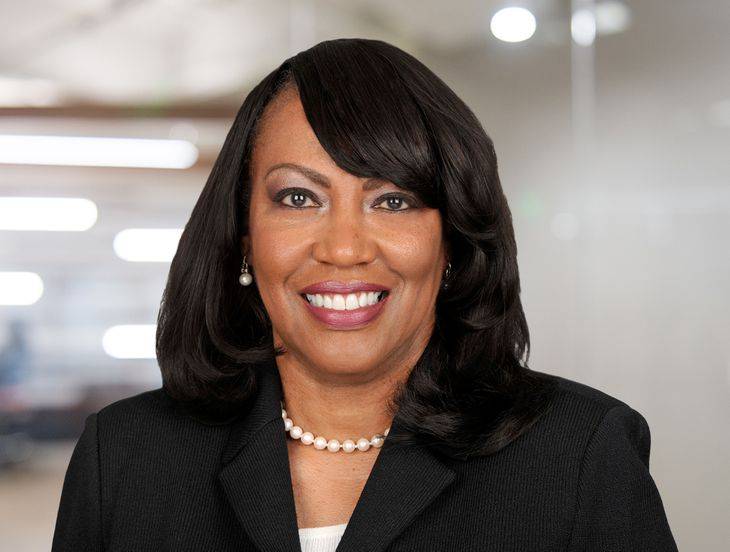California Provides Paid Sick Leave For Food Sector Workers Impacted By COVID-19
Insights
4.17.20
California Governor Gavin Newsom just signed into law Executive Order N-51-20 to provide two weeks of supplemental paid sick leave to certain food supply chain workers, provided they are subject to specified qualifying reasons. According to the governor, this Executive Order aims to “close the gap” left by the federal Families First Coronavirus Response Act that mandates paid leave benefits for employers with fewer than 500 employees.
The basic provisions of the Executive Order are as follows:
Who Is Covered As A Food Sector Worker?
According to Paragraph 2 of the Executive Order, a “Food Sector Worker” is defined as a person who satisfies all of the following conditions:
- The person satisfies one of these three criteria:
- The person works in one of the industries or occupations covered by Industrial Welfare Commission Wage Orders 3, 8, 13 or 14 (generally applicable to agriculture and food processing); or
- The person works for a Hiring Entity that operates a “food facility” (generally restaurants and grocery stores); or
- The person delivers food from a food facility for or through a Hiring Entity.
- The person qualifies as an Essential Critical Infrastructure Worker, and is exempt from the requirement imposed by Executive Order N-33-20 or any other statewide stay-at-home order; and
- The person leaves their home or place of residence to perform work.
Who Is Covered As A Hiring Entity?
The Executive Order defines a “Hiring Entity” as a private entity, including delivery network companies and transportation network companies, that has 500 or more employees in the United States.
Applicability To “Gig Economy” Workers and Independent Contractors?
Of particular note, the Executive Order appears to extend supplemental paid sick leave entitlements to not only employees, but also to independent contractors or “gig economy” workers. Notably, the Executive Order uses the terms “Food Sector Worker” and “Hiring Entity” rather than the terms “employee” and “employer.” In addition, the Executive Order specifically defines “Hiring Entity” to include delivery network companies and transportation network companies. Moreover, Section 5 of the Executive Order states that, for purposes of construing the order for specified purposes of the Labor Code (relating to “paid sick days”), all Food Sector Workers shall be considered “employees” and any Hiring Entity shall be considered as an “employer.”
This is a significant policy development coming on the heels of tremendous debate in California about the classification of individuals as employees or independent contractors – culminating in last year’s enactment of AB 5, which codified and expanded the “ABC test” previously adopted by the California Supreme Court.
The COVID-19 crisis has highlighted this debate, with much discussion around which, if any, provisions of newly enacted laws should apply to independent contractors. The federal stimulus legislation that extended unemployment insurance benefits to affected workers specifically included independent contractors. The governor’s Executive Order continues this trend by appearing to extend these supplemental paid sick leave requirements to certain gig economy workers.
Who Qualifies For The Leave?
Food Sector Workers who perform work for or through the Hiring Entity are entitled to supplemental paid sick leave, provided the Food Sector Worker satisfies one of the following three conditions:
- the worker is subject to a federal, state, or local quarantine or isolation order related to COVID-19;
- the worker is advised by a health care provider to self-quarantine or self-isolate due to concerns related to COVID-19; or
- the worker is prohibited from working due to health concerns related to the transmission of COVID-19.
Are There Any Exemptions?
Hiring Entities are not required to provide Food Sector Workers with COVID-19 supplemental paid sick leave if, as of April 1, 2020, the Hiring Entity provides the relevant Food Sector Worker with a supplemental benefit, such as paid leave, that is payable for any COVID-19 related reason. Additionally, to fall within the exemption, the paid leave provided by the Hiring Entity must be equal to or great than the amount the Food Sector Worker would be entitled to under this Executive Order.
How Much Leave Is Available?
The maximum amount of supplemental paid sick leave time to which a Food Sector Worker may be eligible is 80 hours. A worker considered to be “full-time” by the employer is entitled to 80 hours of COVID-19 supplemental paid sick leave. An individual who worked or was scheduled to work, on average, at least 40 hours per week in the two weeks preceding the date the individual took the supplemental paid sick leave is also entitled to 80 hours of supplemental paid sick leave.
Other Food Sector Workers are eligible for variable leave amounts based upon the hours worked. A worker who has a normal weekly schedule is entitled to paid leave hours equal to the total number of hours the worker is scheduled to work over two weeks. An individual who works a variable number of hours is eligible for leave time equal to 14 times the average number of hours the individual worked each day in the six months preceding the leave date. The calculation for a worker employed less than six months shall be made over the entire period of employment.
What Is The Hourly Rate For The Leave?
The supplemental paid sick leave pay rate is calculated based upon the highest of the regular pay rate for the last pay period; the state minimum wage rate; or the applicable local minimum wage. The amount of COVID-19 supplemental paid sick leave is capped at $511 per day and $5,110 in the aggregate per worker.
How Does COVID-19 Leave Affect Other Leave?
An employer may not require that a worker use other paid or unpaid leave before the worker uses COVID-19 paid sick leave or in lieu COVID-19 paid sick leave. COVID-19 supplemental paid sick leave is in addition to any paid sick leave that may be available to the worker under Labor Code section 246.
What Is The Time Period For The Use Of COVID-19 Leave?
The leave shall be made available for immediate use by the worker upon oral or written request. The requirement to provide COVID-19 supplemental paid sick leave is effective during the pendency of the statewide stay-at-home orders issued by the State Public Health Officer. A worker on COVID-19 supplemental paid sick leave at the time of the expiration of any statewide stay-at-home orders is permitted to take the full amount of COVID-19 supplemental paid sick leave to which the worker would have been entitled under the Executive Order.
Does The Executive Order Include Any Enforcement Provisions?
The Labor Commissioner is authorized to enforce the provision of COVID-19 supplemental paid sick leave. The leave constitutes “paid sick days” under Labor Code sections 246(n), 246.5(b)-(c), 247, 247.5 and 248.5. A Food Service Worker may file a complaint with the Commissioner pursuant to Labor Code section 98 or 98.7.
The Commissioner is required to issue a model notice under Labor Section 247 by April 23, 2020. The Labor Commissioner’s jurisdiction over violations of COVID-19 SPSL is in addition to other remedies provided by state or local laws, including Business & Professions Code section 17200.
Does The Executive Order Set A Standard For Handwashing Breaks?
The Executive Order specifies that employees working in any food facility shall be permitted to wash their hands every 30 minutes and additionally as needed. The requirement shall be enforced pursuant to applicable provisions of the Retail Food Code.
Funding Mechanism?
Before the governor announced the Executive Order, the rumor floating around Sacramento was that these new leave requirements would be paid for by the state through a tax credit reimbursement process – similar to the mechanism contained in the federal Families First Coronavirus Response Act. However, no such language was included in the Executive Order itself, nor did the governor mention it in his press conference announcing the Executive Order.
A fundamental question at top of mind for California employers will be whether these new leave requirements will be completely employer-funded, or whether the state will be picking up the tab for this new mandate. Unfortunately, until we see something further from the governor or the state legislature in the regard, California employers should assume they are fully responsible for providing the leave entitlements. We’ll keep you posted if anything changes in that regard.
Conclusion
We will continue to monitor the rapidly developing COVID-19 situation and provide updates as appropriate. Make sure you are subscribed to Fisher Phillips’ Alert System to get the most up-to-date information. For further information, contact your Fisher Phillips attorney, any attorney in our California offices, or any member of our COVID-19 Taskforce. You can also review our nationwide Comprehensive and Updated FAQs for Employers on the COVID-19 Coronavirus and our FP Resource Center for Employers, maintained by our Taskforce.
This Legal Alert provides an overview of a specific state law. It is not intended to be, and should not be construed as, legal advice for any particular fact situation.
Related People
-
- Benjamin M. Ebbink
- Partner
-
- Brandon Kahoush
- Partner
-
- Regina A. Petty
- Partner and Chief Diversity Officer


